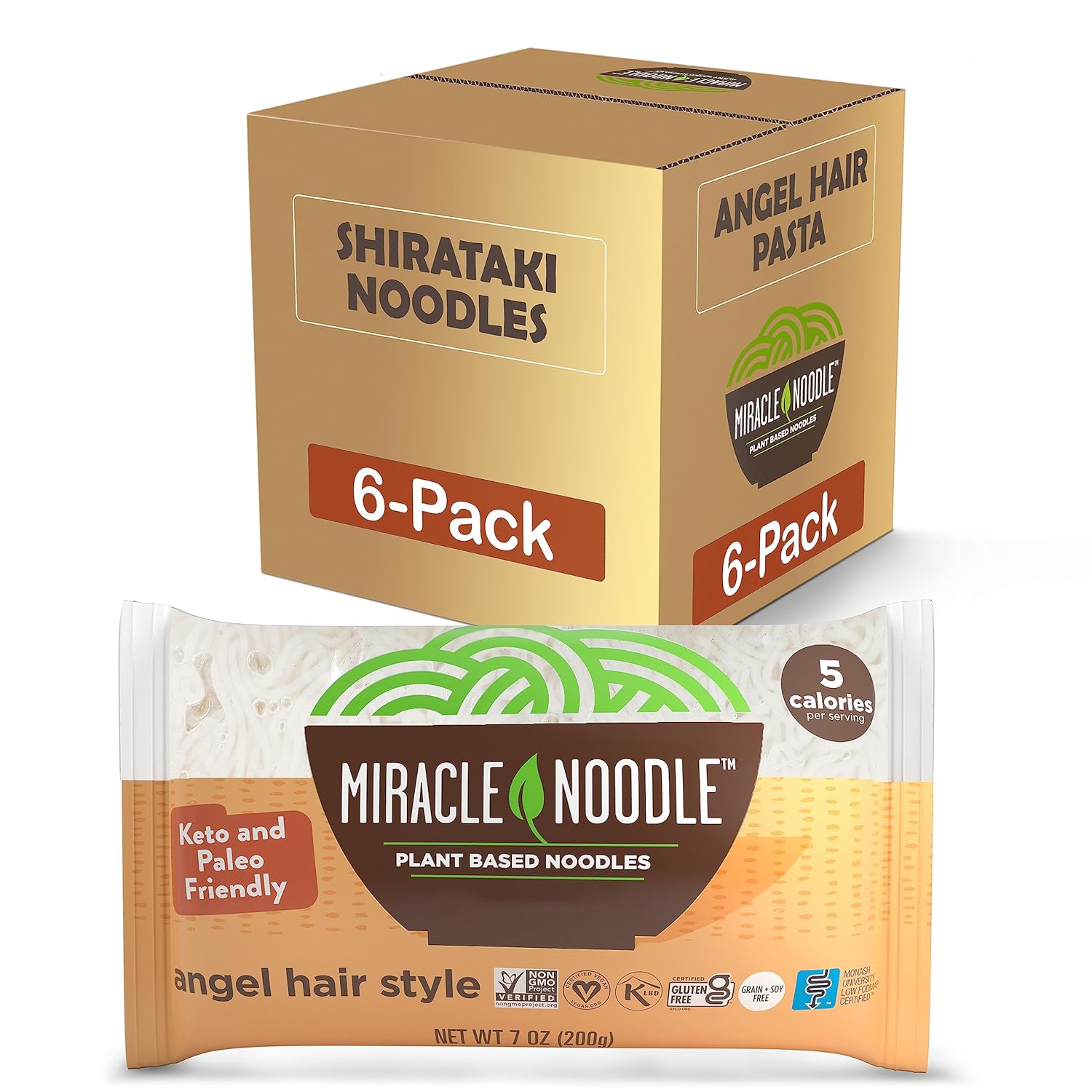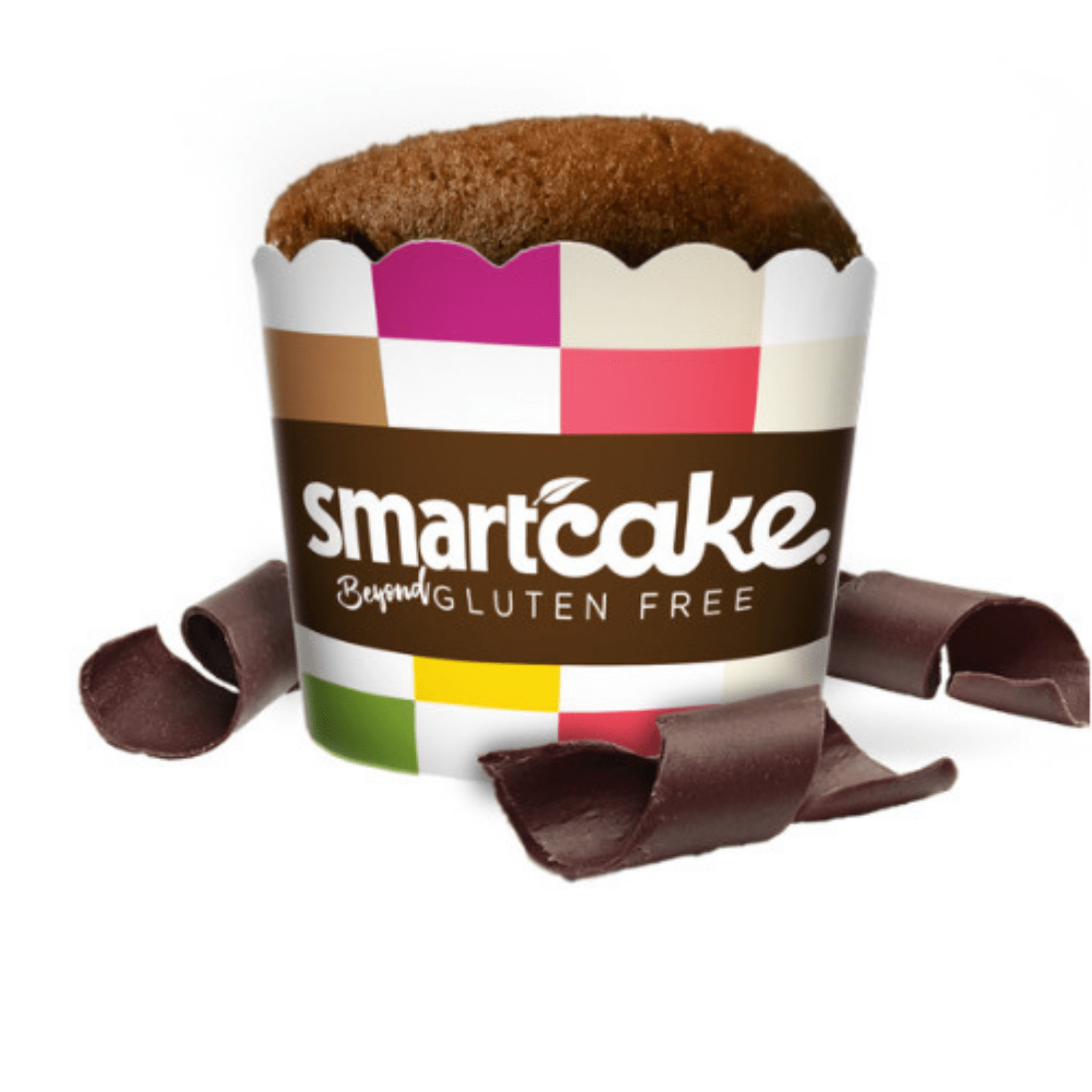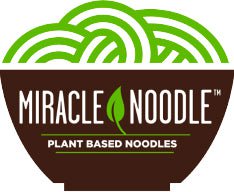For the younger generation of Jews or anybody else who has recently adopted a kosher diet, this condiment might seem a little odd, and even downright unappetizing: chicken fat.
Better known as ‘schmaltz,’ chicken fat was a major ingredient to cook with for Ashkenazi Jews, who had little or no access to olive oil that Jews living in the Middle East were accustomed to cooking with.
A common feature of Jewish delis in the U.S. decades ago were pourable containers of schmaltz on the table. At one time as ubiquitous as today’s hamburger joints’ ketchup and mustard bottles, pourable schmaltz is more of a rarity these days.
Jonathan Carp, CEO of Miracle Noodle actually remembers the schmaltz containers on the deli tables when as a child, he’d go with his father to a kosher restaurant in New York. (See a short video of him talking about Miracle Noodle, though he doesn't look old enough to have been around when pourable schmaltz was all the rage.)
Where’s the schmaltz?
Cooking meat with butter or lard (pig fat), of course, is non kosher, so schmaltz developed as a reliable, stable fat to cook with for German, Austrian and Polish Jews. It also became a tasty topping for bread.
So what became of schmaltz? Certainly, some delis here and there still cook with it; it’s likely fewer delis today have it placed next to the ketchup and mustard.
The prevalence of vegetable oils in supermarkets could be one reason, coupled with the mainstream medical establishment’s view that saturated fat should be strictly limited.
Healthy fats in chicken fat?
While schmaltz might intuitively sound like it’s a ticking time bomb, loaded with saturated fat, you might be surprised to learn that its fatty profile isn't as artery-clogging as you may think.
Chicken fat contains 3.8 grams of saturated fat per tablespoon (or the equivalent of a few shakes of pourable schmaltz).
Perhaps you’re familiar with the popularity of the ‘Mediterranean Diet.’ Olive oil is the beacon of the Med- Diet, because of its richness in heart-healthy monounsaturated fats.
Guess what? Schmaltz actually has more monounsaturated fat than saturated fat, almost 6 grams and 3.8 grams, respectively. Surprised?
(There’s also about 2.5 grams of polyunsaturated fat in a serving of schmaltz.)
While it’s not likely your cardiologist will be writing a prescription for schmaltz for your ticker in the near future, perhaps our grandparents’ and great-grandparents’ generation had an innate gift for enjoying good health through adopting the principles of whole-food eating.
When it comes to animal protein, ‘whole’ foods means using every kosher part of the animal possible.
What’s worse for your heart: chicken fat or margarine?
“Might it be time to consider that it could be the increase in margarine and white flour in the Jewish community that causes more heart disease than chicken fat ever did?” asks Miracle Noodle’s Carp.
Margarine is a trans-fat, better known as the terrible-for-your-health processed, unnatural fat that New York City mayor Michael Bloomberg banned from restaurants.
Even though many people cut down on their intake of saturated fats over the last half-century, people have drastically increased their consumption of vegetable oils.
Vegetable and seed oils easily oxidize (read: go bad, spoil, turn rotten). They can go bad well before you take it out of your cupboard for the first time. Corn-, sunflower-, canola-, safflower-, and other vegetable and seed oils may be rancid even before you open the bottle.
And even olive oil can go bad if it’s exposed to sunlight or cooked at high temperatures. Traditional societies around the globe for millennia have been absent of heart disease because of, in part, the oils and fats they cooked with.
Saturated fat not as bad as you thought?
Saturated fats remain stable when cooked. They are far less likely to spoil than vegetable and seed oils, which, when they go rancid, can promote systemic inflammation, sometimes manifesting as heart disease (some studies have theorized).
Our great-grandparents’ generation did not cook with vegetable oils, with the possible exception of olive oil. Though their life spans may have been shorter (for various reasons), they didn't suffer as much from heart disease.
As a substitute for cooking with schmaltz, try neutral (Pareve) coconut oil, which has a rich, tasty buttery flavor. Again, the saturated fat content in coconut oil isn't as bad for health as some people say it is.
Where can I buy sustainably-raised, kosher chicken?
To be considered kashrut, the fat needs to be rendered from a clean chicken or it will contain toxins (since toxins accumulate in the fat). KOL Foods, the first online purveyor of grass-fed, sustainably-raised kosher beef and poultry, are dedicated to the health and welfare of the animals their farmers raise, and by extension, the environment. Miracle Noodle highly recommends them. They even sell chicken delicacies that can be used to render schmaltz.
Miracle Noodle and schmaltz…a match made in dietary heaven?
Ashkenazi chicken fat and Japanese yam root-derived zero-calorie noodles may make for strange dietary bedfellows. But when you consider how popular “Jewish penicillin,” aka chicken noodle soup, is, it’s easy to see how you can replace regular high-starch, belly-bloating regular noodles with Miracle Noodle. (There are several recipes on the Internet for Miracle Noodle chicken soup, such as this one.)
Share the joys of kosher Miracle Noodle and save money!
Eat all the noodles you want without the guilt. Miracle Noodle is certified kosher and calorie free! Share Miracle Noodle on Facebook, Twitter or via email, and when your friends click your share link, both you and your friend will receive 13% off your next order. Here’s the link: ?saopen=share …
Save an additional 15% off every order by enrolling in the Miracle Noodle autoship program. Choose which products you want delivered and how often. It’s that simple. Join today!


